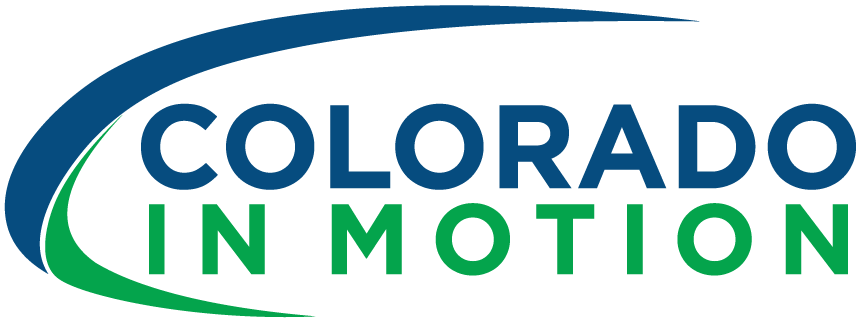Are you experiencing pelvic pain? There are many possible causes for this type of pain. It’s important to get checked by your doctor, especially to rule out (or tend to) any emergency situations, such as appendicitis. If you are diagnosed with any of the following, know that physical therapy is an excellent modality for treating and alleviating the associated pelvic pain.
Endometriosis
This condition affects women primarily. Men can experience it as well, although this is very rare.
It is estimated that 200 million women around the world have endometriosis, which is a condition where tissue that is normally found in the lining of the uterus appears on other organs as well, typically in the pelvic region. Symptoms may include lower abdominal pain, lower back pain, painful periods, bloating, constipation, nausea, or pain with urination.
A physical therapist can relieve some or all of these symptoms by addressing the health and strength of the muscles, bones, ligaments, and other tissues in the pelvic region. A therapist can evaluate alignment and movement patterns to find ways to decrease pain. Physical therapy can also address the body’s natural (but in this case, somewhat unhelpful) response of spasming as a protective reaction to the symptoms, relaxing this response while improving circulation to the region.
Fibroids
Also known as uterine fibroids, these are benign (non-cancerous) growths found within a woman’s uterus. You can think of a fibroid as a knot of muscle cells. While some women with fibroids experience no symptoms, others may experience pelvic pain, lower back pain, frequent urination, and excessive bleeding during menstrual cycles.
Physical therapy can address the pain issues, at the same time strengthening the muscular systems of the region for increased support and minimized discomfort. A therapist can use a range of therapeutic approaches, everything from heat and ice application, to trigger point release to help manage pain and improve range of motion.
Urinary Tract Infection (UTI)
This condition can affect anyone at any age and is often accompanied by a burning sensation when urinating, and pain or pressure in the abdominal region. Since it is an infection, it’s important to get it treated by a physician with the right type and dose of antibiotics.
If you experience lingering pain once your infection has resolved, or if you need help with pain management while the infection is present, reach out to your physical therapist.
Hernia
A hernia is a painful condition that can be caused by overexertion, such as picking up a heavy box incorrectly. A hernia is described as a section of an organ pushing through an opening in the muscles that normally hold it in place. This condition can happen with different organs, including the upper part of the stomach. Depending on the severity of the hernia, a surgical procedure may be required.
Once you have your diagnosis and a course of treatment prescribed by your doctor, you can benefit further from physical therapy treatment. As with the conditions already discussed in this blog, current or residual pain stemming from a hernia can often be effectively managed via physical therapy approaches.
Kidney Stones
These are hard mineral deposits that can form inside the kidneys. When these “stones” are passed out of the kidneys, it can be a painful experience. A physical therapist can help with pain management, as well as with therapies that can help prevent stones from forming in the first place.
The Physical Therapists At Colorado In Motion Are Here To Help
We have several Northern Colorado offices to better assist you. If you are experiencing any type of pelvic pain, see your doctor first. Then, make an appointment with Colorado In Motion for help with pain management. Our goal is to help you feel better. Contact us today!
